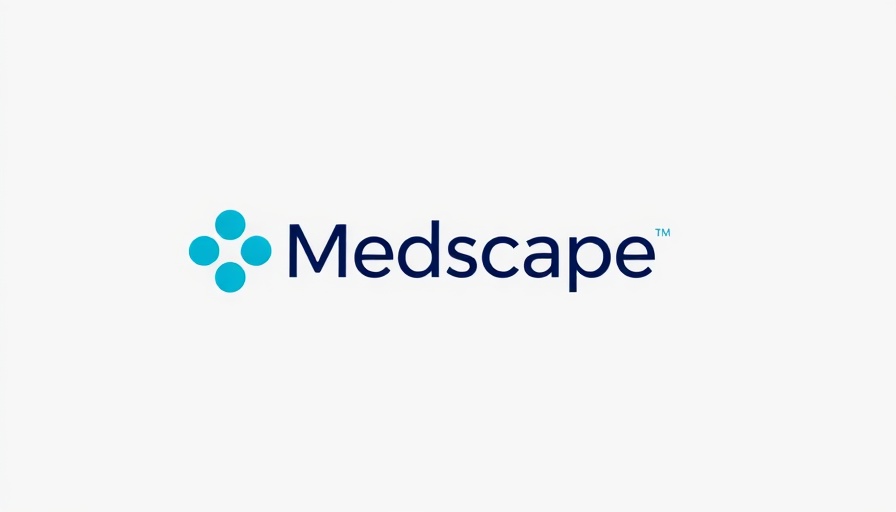
The Rise of AI in Patient Communication
Artificial Intelligence (AI) has transformed numerous industries, and healthcare is no exception. The integration of AI into patient portals enhances communication, allowing patients and healthcare providers to connect more efficiently. However, while AI patient portal messages offer numerous benefits, they also raise concerns that cannot be ignored.
Benefits of AI Patient Portal Messages
One of the most significant advantages of AI patient portal messages is the improvement in accessibility. AI systems can offer 24/7 support to patients, answering common questions and handling appointment reminders without the need for human intervention. This not only saves time for healthcare professionals but also empowers patients to receive timely information without having to make phone calls during office hours.
Moreover, AI can help tailor messages based on patient data and history, making interactions more personalized. A system capable of sending reminders for medications, follow-ups, or check-ups based on individual patient records enhances adherence to treatment and care protocols.
Potential Drawbacks of Using AI
Despite these benefits, there are notable challenges associated with AI patient portal messages. Privacy concerns are paramount, as sensitive health information must be safeguarded against breaches caused by AI systems. Confidentiality is a cornerstone of patient care, and if patients feel that their information might be compromised, they may hesitate to use portal features.
Additionally, reliance on AI could diminish the personal touch that comes with traditional communication. Patients may prefer speaking to a human, especially when it comes to discussing complex health issues. An over-dependence on AI might lead to frustrations among patients who feel disconnected from their healthcare providers.
Navigating Technical Issues
Technical issues can also arise with AI systems, as they may face downtime or misinterpret certain queries. These glitches not only hinder communication but can create confusion, prompting patients to seek clarification through traditional methods, thereby undermining the efficiency AI aims to provide.
Culturally, there might be resistance to AI systems in certain populations who are less technologically inclined or comfortable interacting with machines instead of people. Understanding these demographics is crucial for health providers intending to implement AI solutions effectively.
Future Trends in AI and Healthcare
Looking ahead, AI's role in healthcare communication is likely to expand. Emerging technologies, such as natural language processing, can enhance interactions even further by allowing patients to communicate in more complex ways without worrying about strict limitations typical of traditional automated systems.
Furthermore, insurance companies and healthcare providers are beginning to recognize the potential of AI not just for operational efficiency, but also for improving health outcomes. AI could potentially analyze communication patterns to identify patients at risk of missing appointments or failing to adhere to treatment plans, thus allowing for proactive outreach.
Conclusion: A Balanced Approach to AI Integration
In conclusion, while AI patient portal messages provide numerous advantages such as improved accessibility and personalized communication, it is essential to navigate the potential drawbacks that accompany these benefits. To effectively leverage AI in healthcare, a blended approach combining technology with traditional human interaction may offer the best results, ensuring that patients remain at the center of their care. The future of patient communication lies in striking the right balance—harnessing AI's capabilities while maintaining the human touch that underpins meaningful healthcare interactions.
 Add Row
Add Row  Add
Add 




Write A Comment